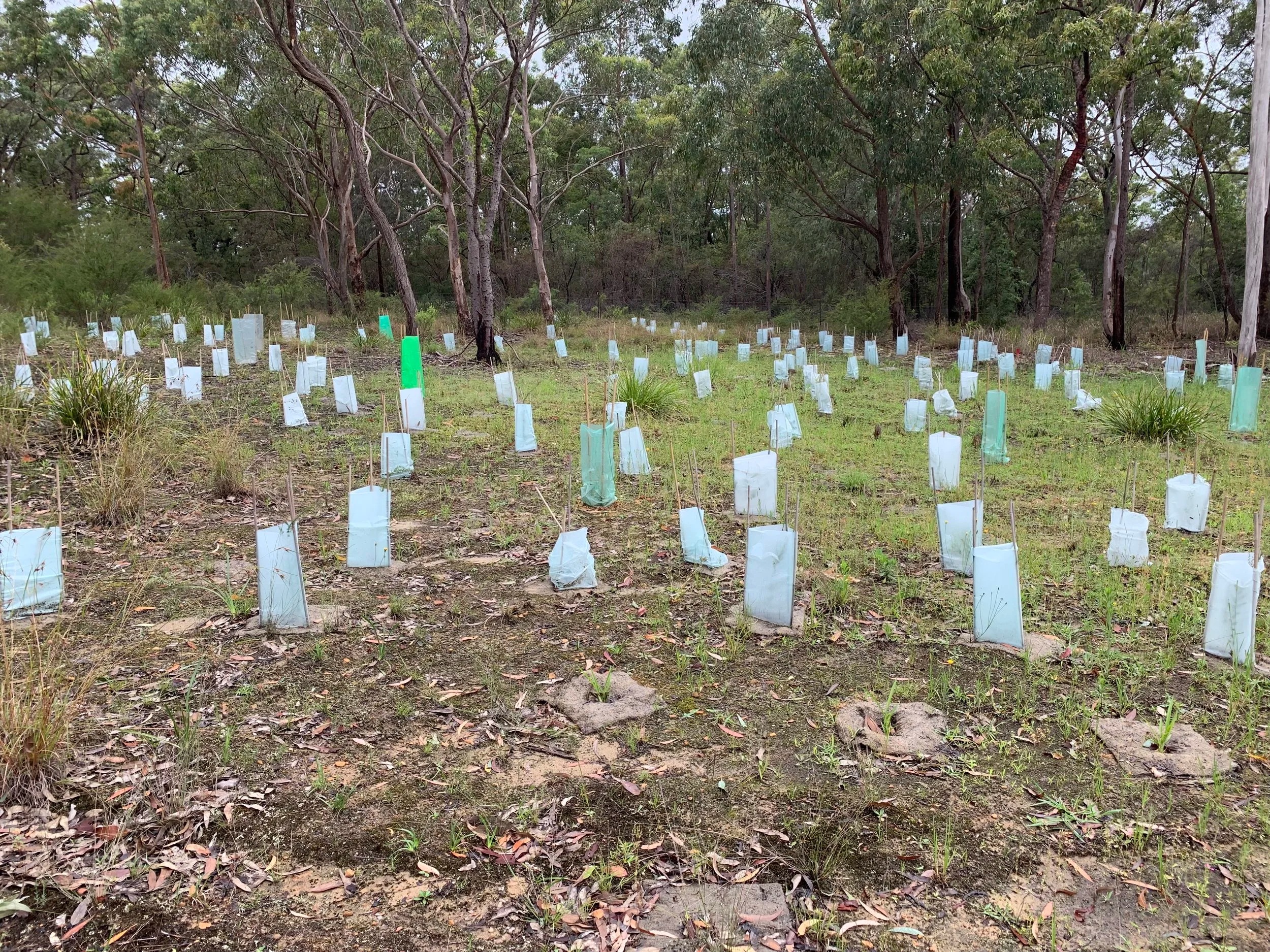
Threatened Species Monitoring
Threatened species monitoring focuses on identifying the presence, abundance, and breeding success of species at risk.
What is Threatened Species Monitoring?
Threatened species monitoring in New South Wales (NSW) is the process of systematically surveying and tracking the presence, abundance, and condition of species listed as threatened under the Biodiversity Conservation Act 2016 (NSW) or the Environment Protection and Biodiversity Conservation Act 1999 (Cth). These species may be endangered, vulnerable, or critically endangered, and require targeted efforts to monitor their populations and habitat.
Threatened species monitoring involves:
- Identifying which threatened species may occur in an area
- Surveying for those species using appropriate methods (e.g. trapping, call playback, camera traps, spotlighting, scat analysis)
- Assessing habitat quality, breeding activity, and population trends
- Recording threats or disturbances, such as feral animals, habitat loss, or disease
- Documenting changes over time to determine if populations are stable, increasing, or declining
It is a science-based method to understand how species are responding to environmental conditions or human impacts.
Common Threatened Species Monitoring Methods
Depending on the species, monitoring may involve:
| Method | Used For |
| Camera traps | Mammals (e.g. koalas, quolls, gliders) |
| Acoustic recorders | Bats, frogs, birds |
| Call playback surveys | Owls, frogs, threatened birds |
| Hair tubes or track pads | Small mammals |
| Spotlighting | Nocturnal species |
| Scat or DNA sampling | Cryptic or wide-ranging species |
| Habitat condition surveys | Ground-dwelling and plant species |
Why Do You Need Threatened Species Monitoring in NSW?
You may need to carry out threatened species monitoring for several key reasons:
- Conservation and recovery
- Long-term monitoring supports broader species recovery efforts, contributing valuable data to government conservation programs and recovery plans.
- Legal and planning requirements
- If your project is located in or near habitat for threatened species, you may be legally required to monitor their presence and health.
- Required under:
- Development approvals (DA conditions)
- Biodiversity Development Assessment Reports (BDARs)
- Conservation agreements
- Offset management plans
- EPBC Act referrals (for nationally listed species)
- Impact mitigation and adaptive management
- Monitoring allows you to measure the effectiveness of mitigation strategies (e.g. fencing, habitat enhancement, predator control).
- If a species is declining despite actions, monitoring triggers a review and adaptation of the management plan.
- Biodiversity offset compliance
- If your project uses biodiversity offsets, ongoing monitoring is required to demonstrate the offset site is supporting the relevant threatened species over time.
- Early detection of threats
- Monitoring can identify new or emerging threats, like invasive predators, habitat degradation, or diseases—allowing for early intervention.

